The caddisflies (order Trichoptera) are a group of insects with aquatic larvae and terrestrial adults. There are approximately 14,500 species in the order, most of which can be divided into three suborders.
Integripalpia and Annulipalpia on the basis of the adult mouthparts. Integripalpian larvae construct a portable casing to protect themselves as they move around looking for food, while annulipalpian larvae have fixed casings which they retreat into, waiting for food to come to them.
The affinities of the small third suborder Spicipalpia are unclear, and molecular analysis suggests it may not be monophyletic. Also called sedge-flies or rail-flies, the adults are small moth-like insects with two pairs of hairy membranous wings. They are closely related to the Lepidoptera (moths and butterflies) which have scales on their wings.
The aquatic larvae are found in a wide variety of habitats such as streams, rivers, lakes, ponds, spring seeps and temporary waters, and even the ocean. The larvae of many species use silk to make protective cases, which are often strengthened with gravel, sand, twigs, bitten-off pieces of plants, or other debris. The larvae exhibit various feeding strategies, with different species being predators, leaf shredders, algal grazers, or collectors of particles from the water column and benthos. Most adults have short lives during which they do not feed.
Caddisflies are useful as bioindicators, as they are sensitive to water pollution and are large enough to be assessed in the field.
Source: Wikipedia
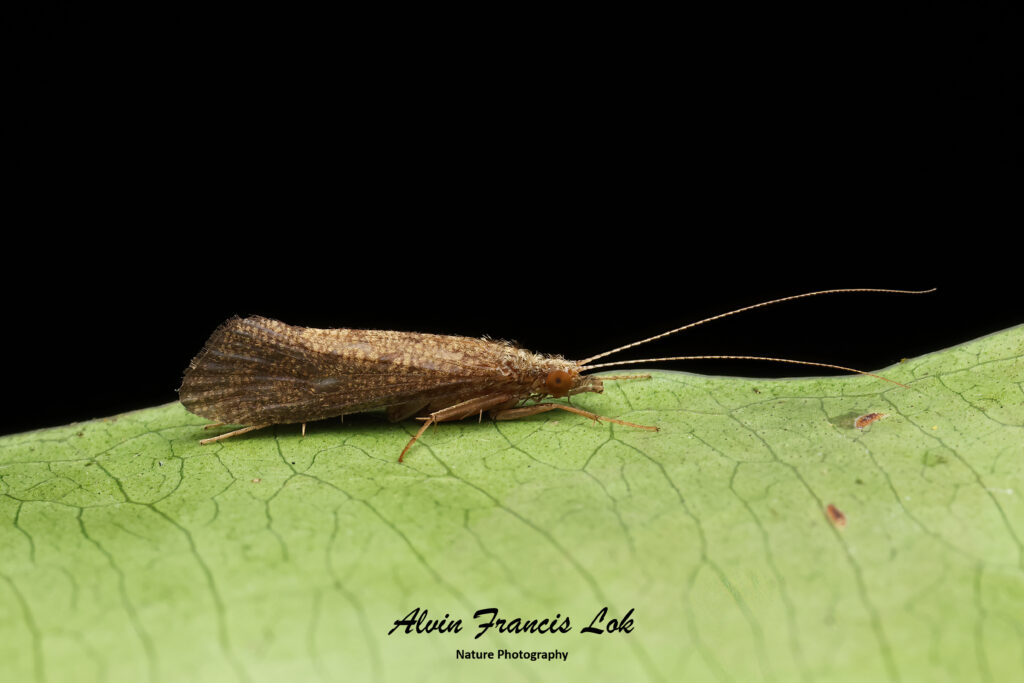
(Doi Inthanon NP, Thailand)
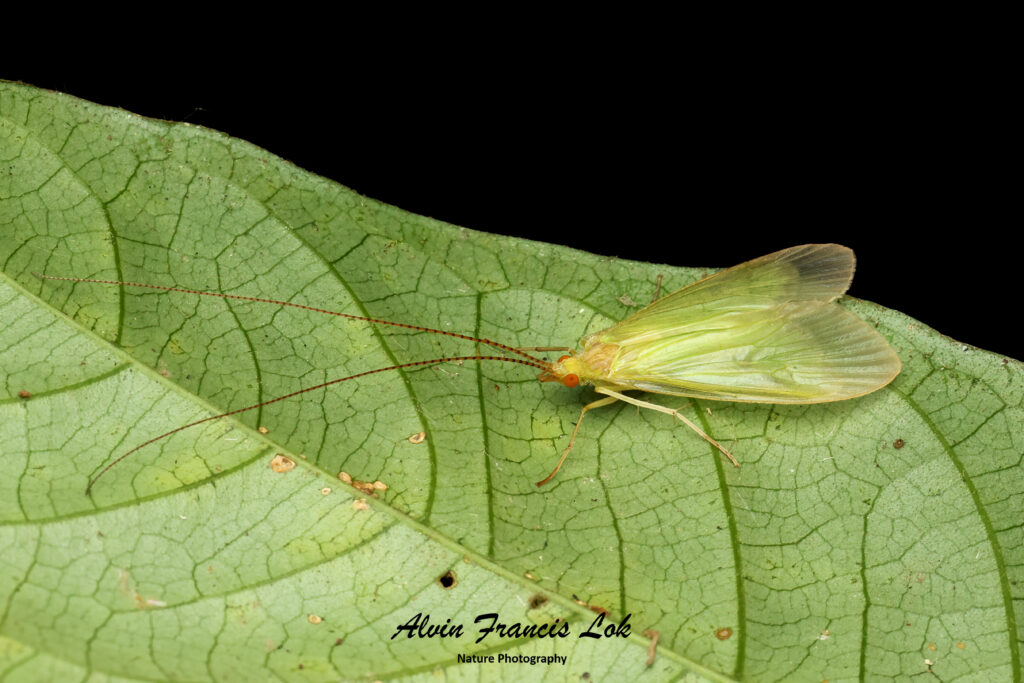
(Sumaco, Ecuador)

(Sumaco, Ecuador)
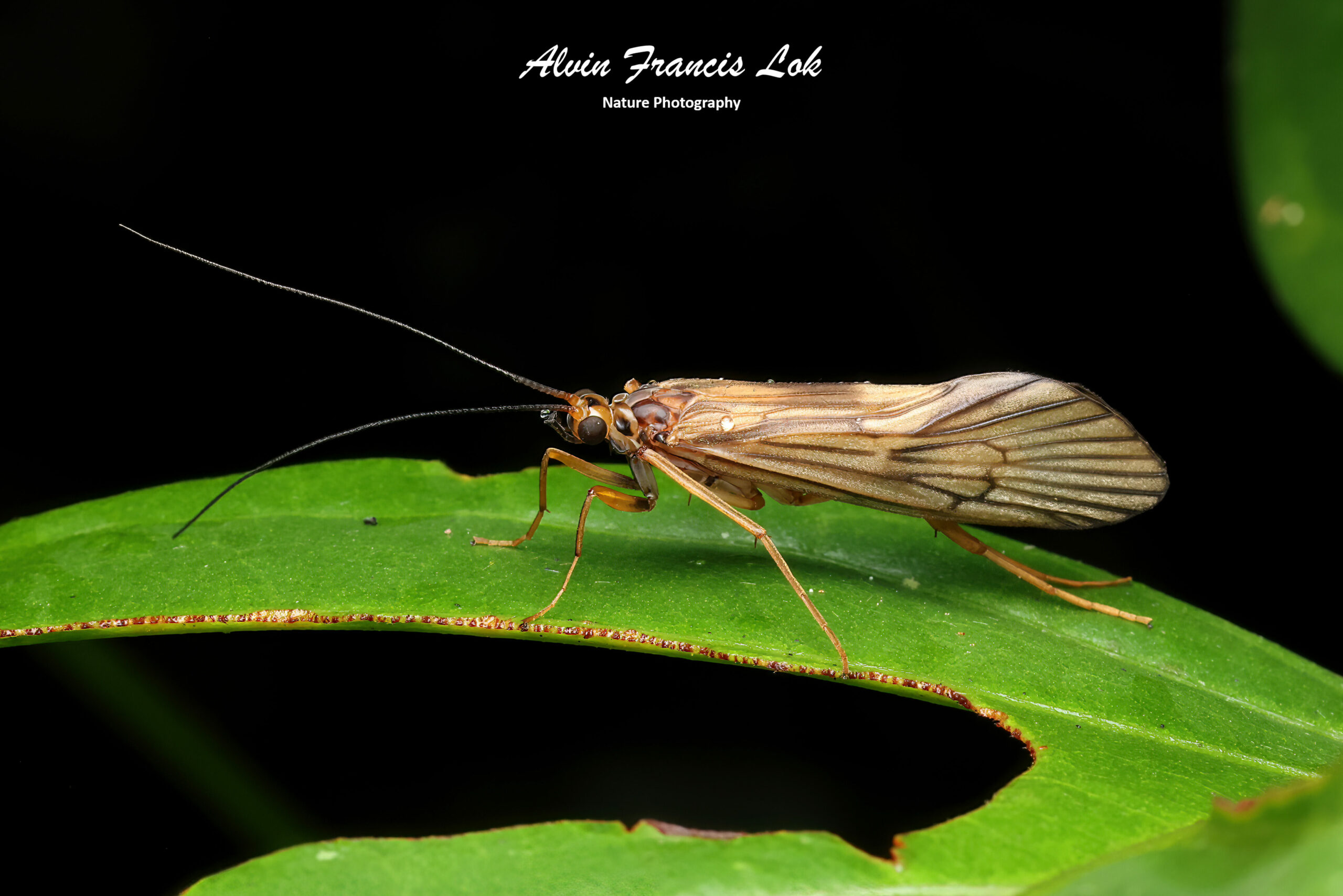
(Sabah, Malaysia)
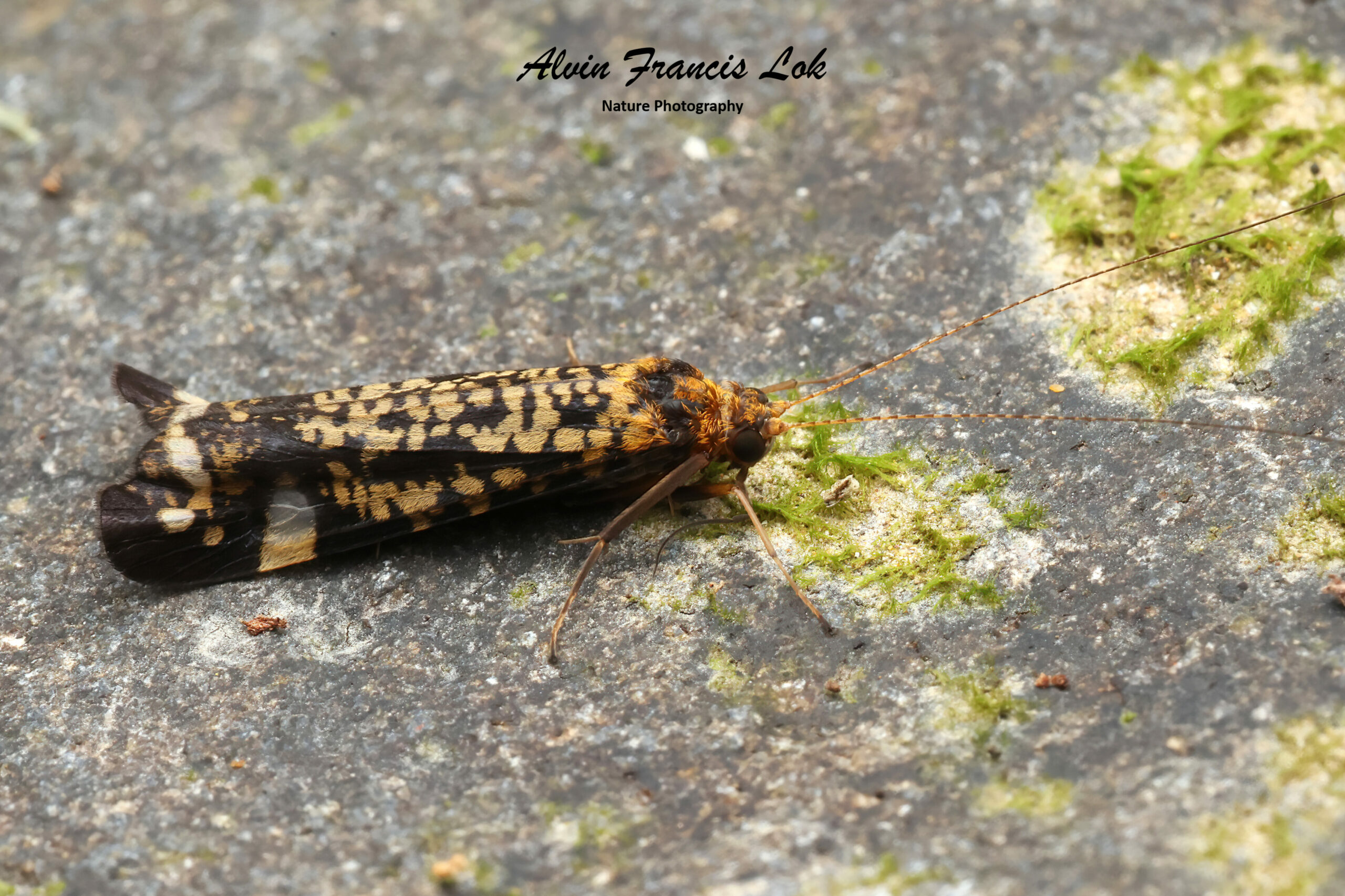
(Sabah, Malaysia)
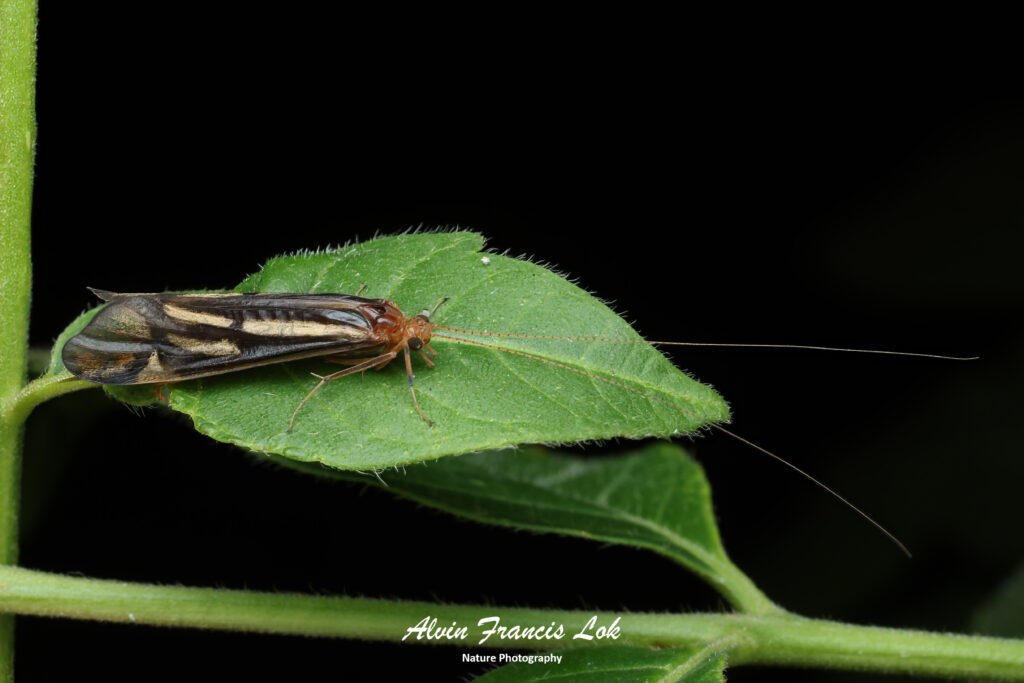
(Doi Inthanon NP, Thailand)
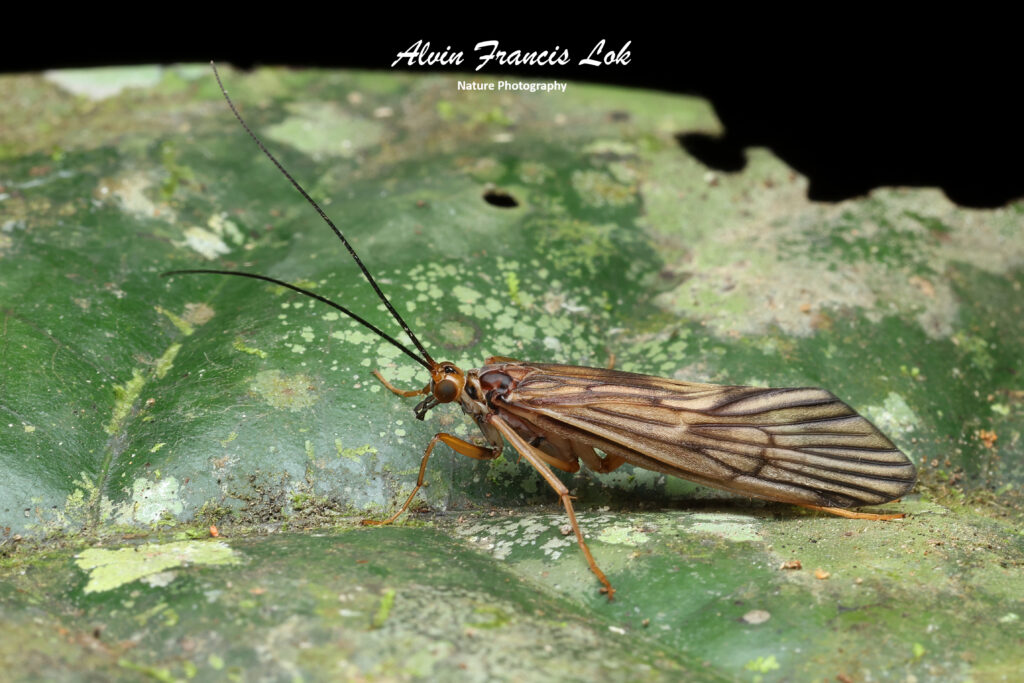
(Kalimantan, Indonesia)
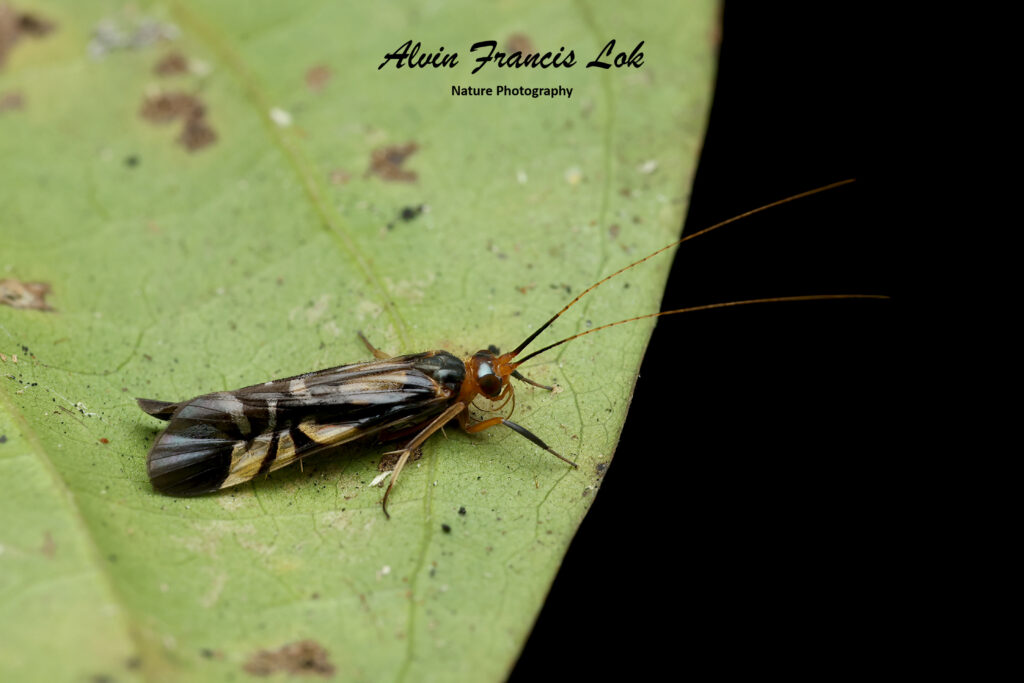
(Kalimantan, Indonesia)
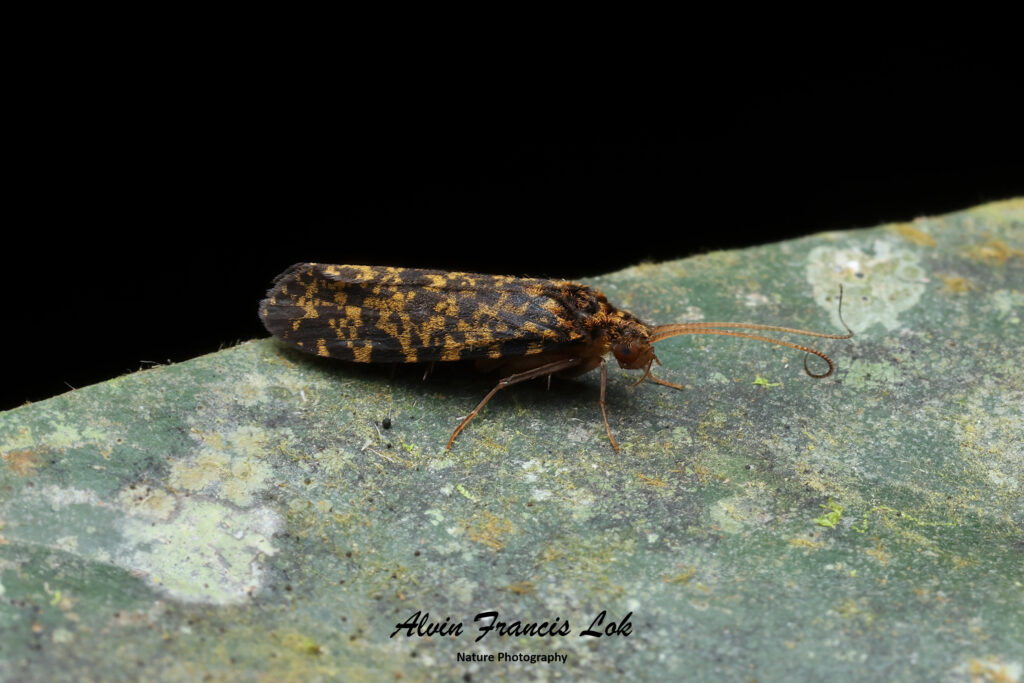
(Pahang, Malaysia)
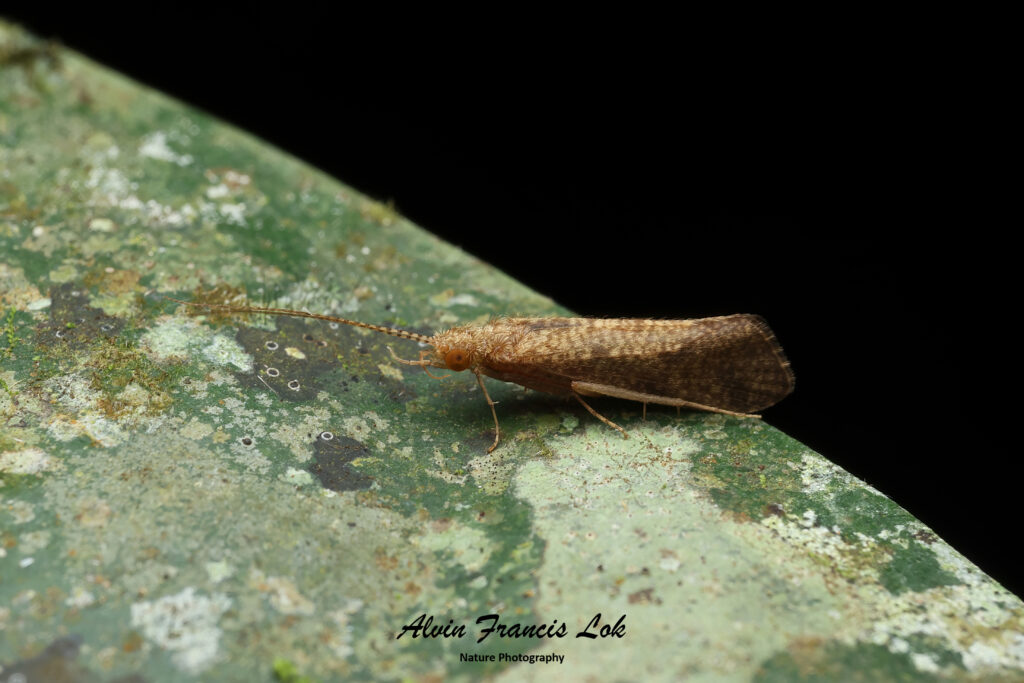
(Pahang, Malaysia)
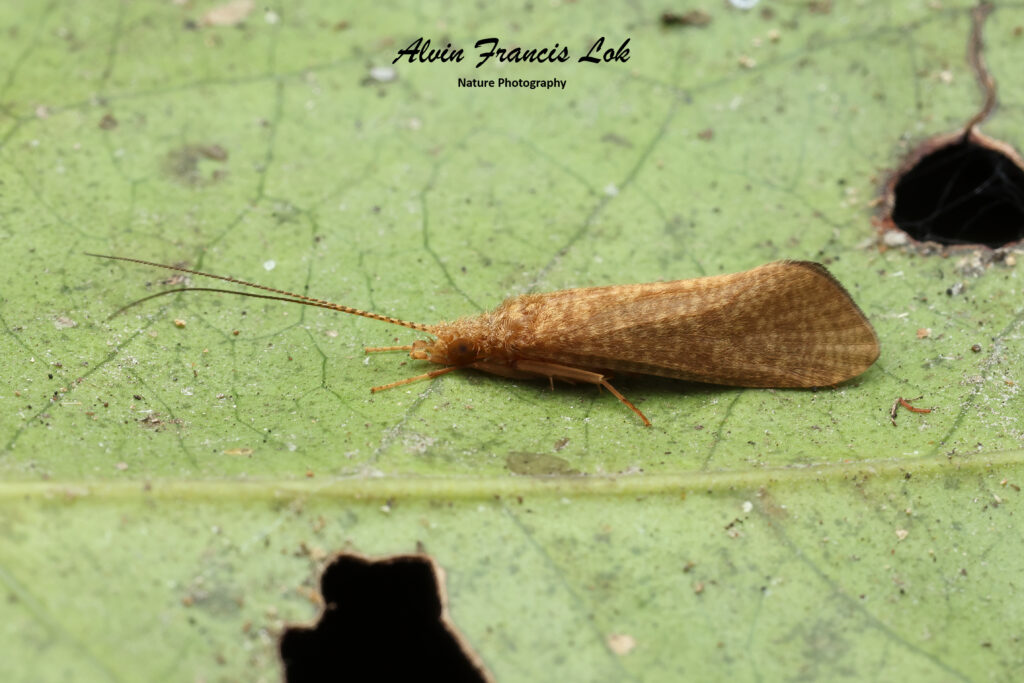
(Tangkoko NP, Indonesia)
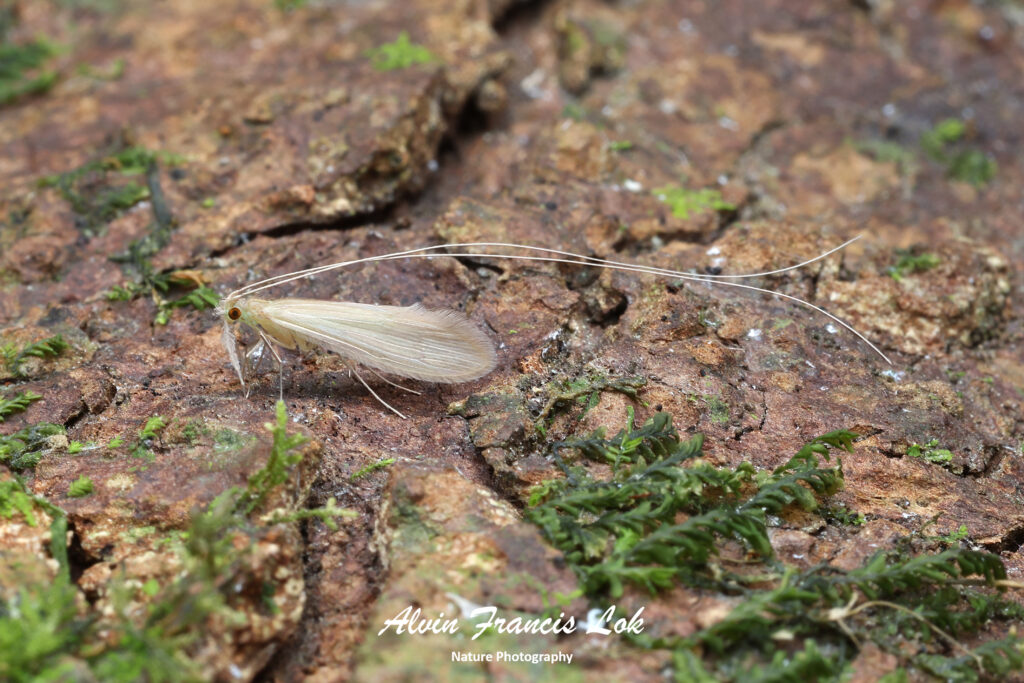
(Doi Inthanon NP, Thailand)
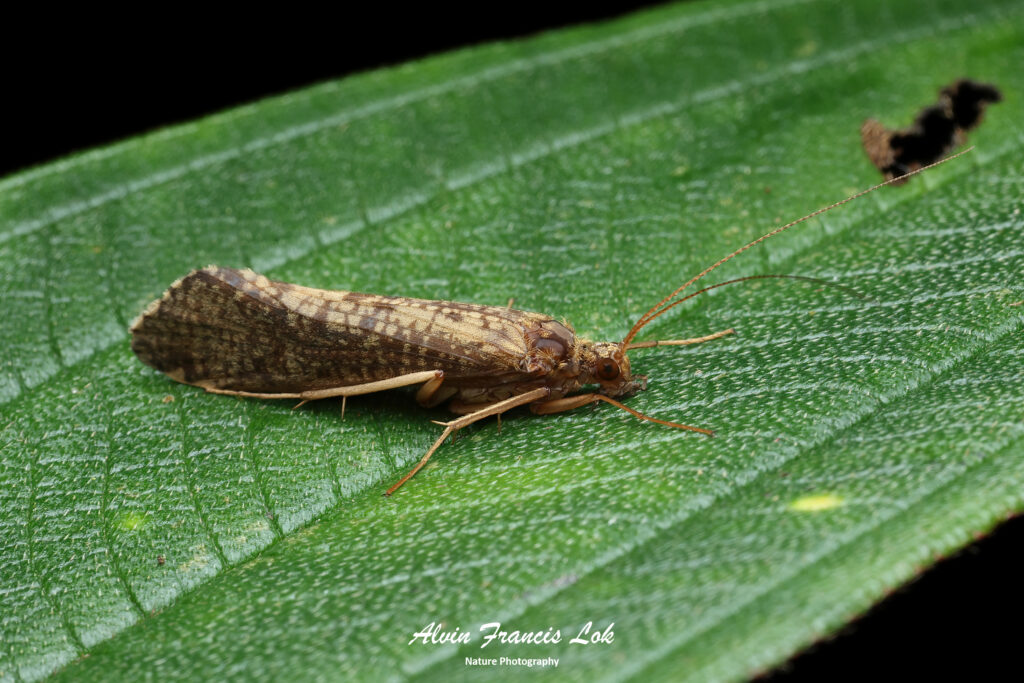
(Sabah, Malaysia)

(Sabah, Malaysia)
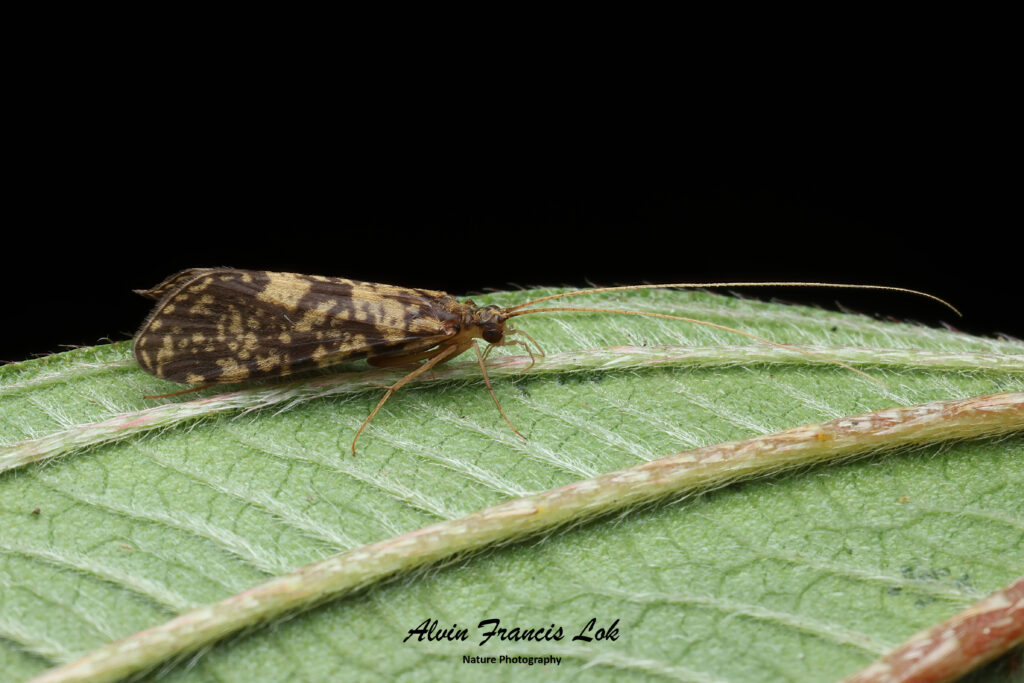
(Sabah, Malaysia)